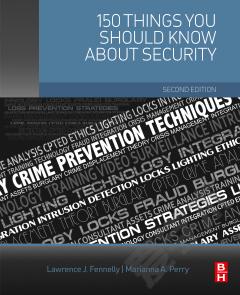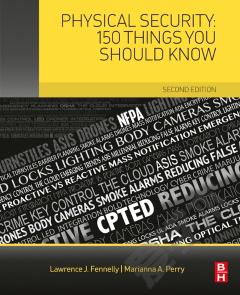150 Things You Should Know about Security
Crime Prevention Through Environmental Design (CPTED) concepts have been proven to enhance community activities while reducing crime problems and are fundamental to traditional law enforcement values, in terms of helping the community to function properly. The seven overlapping strategies of CPTED are discussed. The questions that are to be answered during a CPTED assessment are listed. The benefits of CPTED planning, in addition to dealing with the reduction of crime and fear problems, are listed. There needs to be the right mix of people and technology for the overall security plan to be effective. Therefore, the role of access control and video surveillance in preventing crime is discussed. The authors discuss extensively about soft targets and the role of target-hardening in reducing crime. A security checklist, including 35 security checkpoints, to assist in risk assessment is provided. The role of physical security in health care environment is described. Lighting is the single most cost-effective deterrent to crime. Hence, the types of lighting, their sources, and goals are reviewed. Special attention is paid to the subject of active shooter/active assailant and how one should respond when an active shooter is in the vicinity. The authors have also provided a classification of fires and the selection of extinguishers based on the type of fire. Fraudulent activity is an issue for individuals and all types of business operations from the small mom-and-pop store to the large Fortune 50 operation. The goal of those initiating and committing the fraudulent activity is to gain some type of monetary benefit. The goal of the targeted operation is to identify the threat and to educate their associates to identify and to eventually block the threat. Therefore the authors have discussed the top ten fraud-related issues present today.
{{comment.content}}








 京公网安备 11010802027623号
京公网安备 11010802027623号